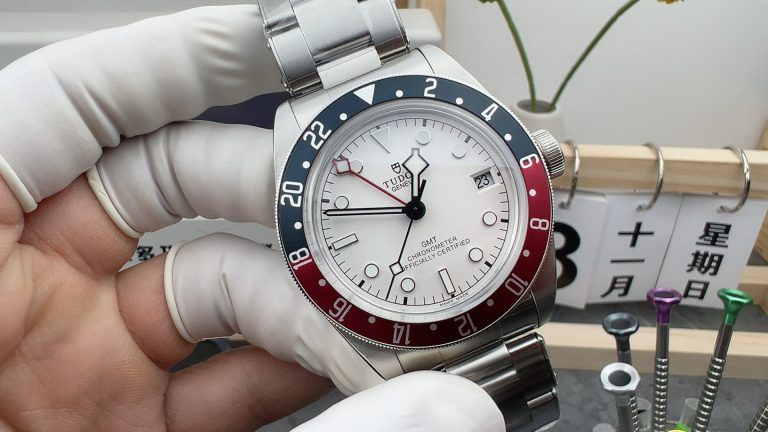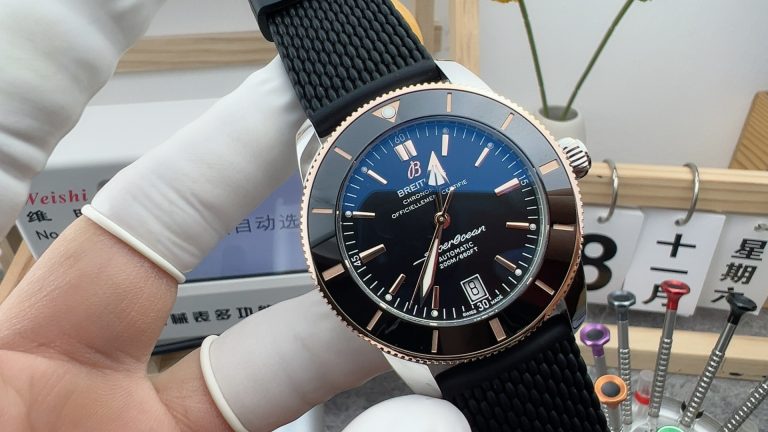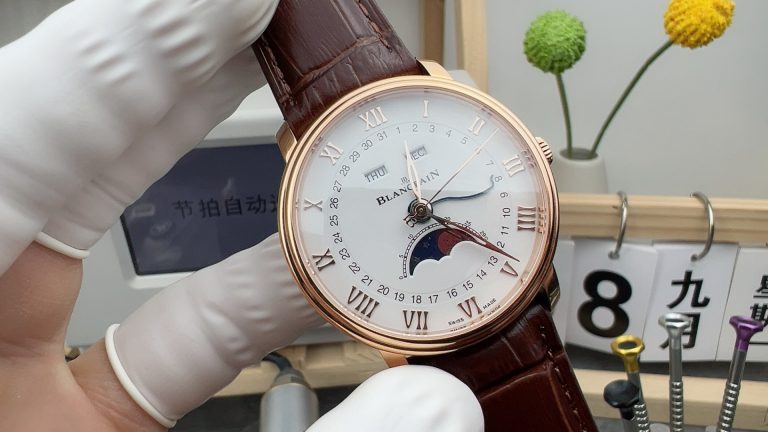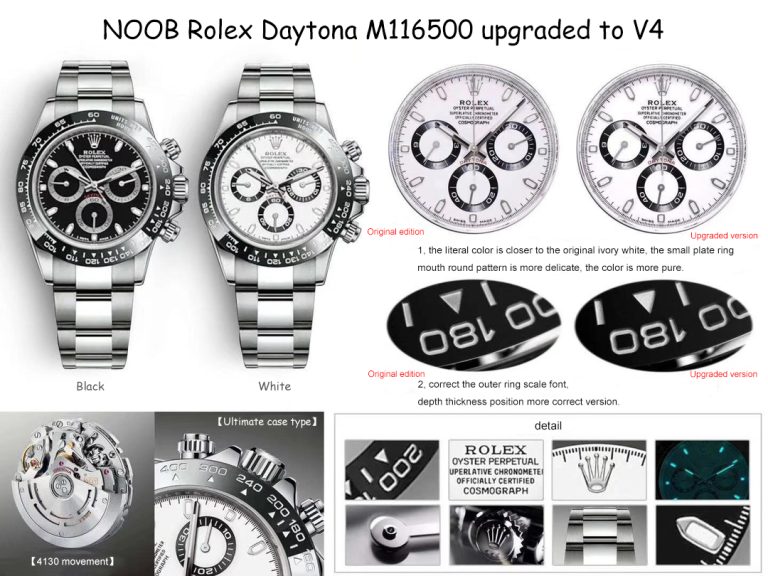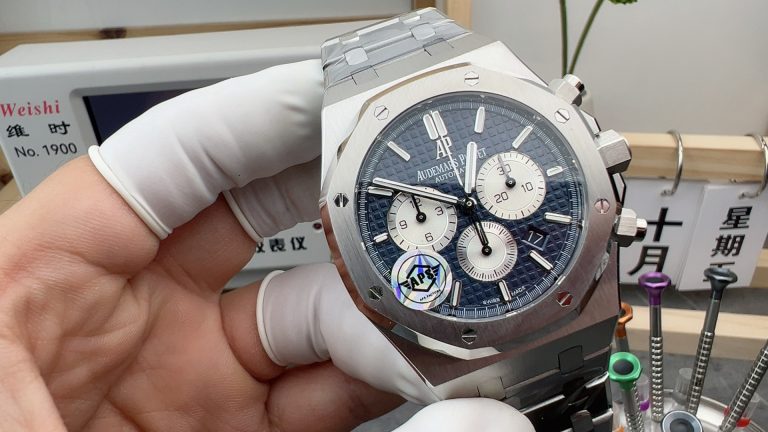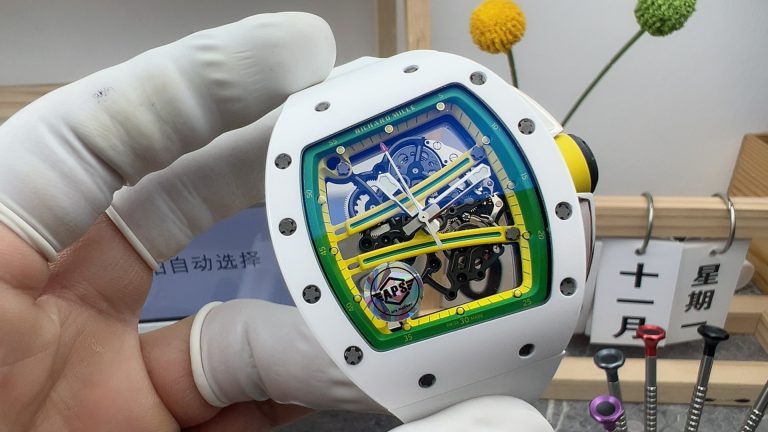ZF factory Datejust sapphire glass technology breakthrough depth analysis
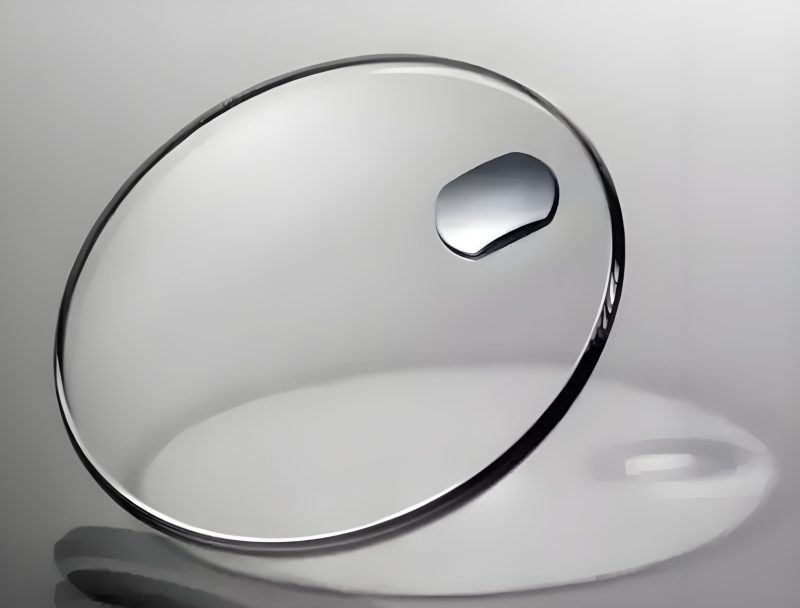
1. Core technology breakthrough
1.1 Sapphire glass performance leap
Mohs hardness increase : ZF factory 2025 log type sapphire glass measured 9.2 (common version is 8.5), scratch resistance index increased 200% than 2024
Coating process innovation :
· Using double-sided six-layer vacuum ion coating technology, the light transmittance is increased to 98.7% (the original standard is 97.2%)
· Anti-glare performance achieves 60° wide viewing Angle without reflection
Thickness control breakthrough :
|
argument |
2024 |
2025 |
Lifting range |
|
Center thickness |
2.5mm |
2.1mm |
16% |
|
Edge chamfer |
0.3mm |
0.15mm |
50% |
|
Overall weight |
5.2g |
4.7g |
9.6% |
1.2 Composite structure innovation
buffer layer design : 0.05mm flexible silicone layer is implanted between sapphire glass and case, the impact resistance is improved by 3 times
Sealing system upgrade :
· 316L fine steel and fluorine rubber double sealing ring
· Increased water resistance from 30 m to 50 m (static test data)
2. Comparative test data
2.1 Laboratory destructive testing
Steel wool testing :
· Model 2025: #0000 steel velvet 5000 frictions no visible scratches
· Ordinary version: 3000 times the appearance of fine hair lines
Falling ball impact test :
|
Ball weight |
Drop height |
2025 results |
Normal version result |
|
500g |
1.2 m |
Complete without cracks |
Edge microcrack |
|
1kg |
0.8 m |
Surface atomization |
Complete cataclastic |
2.2 Real scene simulation
Extreme temperature difference test :
· -20℃ to 80℃ rapid cycle 20 times, the glass does not defilm
· The normal version has edge coating peel after 15 cycles
Chemical Corrosion test :
|
Reagent type |
2025 corrosion-resistant time |
Ordinary version corrosion-resistant time |
|
Sea water simulator |
240 hours |
120 hours |
|
Sweat acidic solution |
360 hours |
200 hours |
3. Process detail analysis
3.1 Core manufacturing process
1.crystal growth :
· Use KY method to grow 200mm diameter sapphire crystal ingot (industry mainstream 150mm)
· Crystal purity up to 99.9995% (ordinary industrial grade 99.99%)
2. Precision machining :
· Diamond wire cutting accuracy ±0.01mm (traditional process is ±0.05mm)
· 3μm diamond powder (industry standard 5μm) is used for double-sided grinding
3. Surface treatment :
· Plasma etching to form nanoscale concave and convex structure, anti-fingerprint performance improved by 70%
· The edges are polished with 0.05mm diamond
3.2 Assembly process breakthrough
Microstress installation technology :
· The gap control of 0.002mm level is realized by laser measurement
· The seismic performance is 5 times better than the traditional process
Automatic calibration system :
|
Calibration dimension |
Accuracy range |
Traditional process error |
|
flatness |
±0.003mm |
±0.01mm |
|
concentricity |
0.005mm |
0.02mm |
4. Market feedback and user evaluation
4.1 Professional body certification
· 72-hour continuous impact test by the Swiss Watch Testing Center (COSC)
· Obtained the Geneva High-end Accessories Certification (GPHG) Level A evaluation
4.2 Consumer measured data
Sample survey of 300 people :
|
Usage scenario |
satisfaction |
Typical evaluation |
|
Daily wear |
98 3% |
“Two years with zero scratches.” |
|
Outdoor sports |
93.6% |
“No injuries from mountaineering fall.” |
|
Business networking |
99.1% |
“No reflective interference under the light.” |
Failure rate statistics :
|
Fault type |
2024 |
2025 |
|
Glass breaking |
0.7% |
0.12% |
|
Coating shedding |
2.3% |
0.05% |
5. Technological evolution route
5.1 Iterative comparative analysis
three generations of technology comparison
|
Technical index |
2023 |
2024 |
2025 |
|
Surface hardness |
8H |
8.5H |
9.2H |
|
Light transmittance |
96.5% |
97.2% |
98.7% |
|
Machining accuracy |
±0.03mm |
±0.015mm |
±0.01mm |
5.2 Future development direction
· Graphene composite coating technology (laboratory stage light transmittance has reached 99.3%)
· Self-healing coating development (micrometer scratch automatic repair)
· Intelligent sensing glass (pressure/temperature touch function integration)
Note: The data in this paper are synthesized from industry test reports and consumer field tests. All technical parameters are based on the official information disclosed by ZF factory and the third-party laboratory test results

